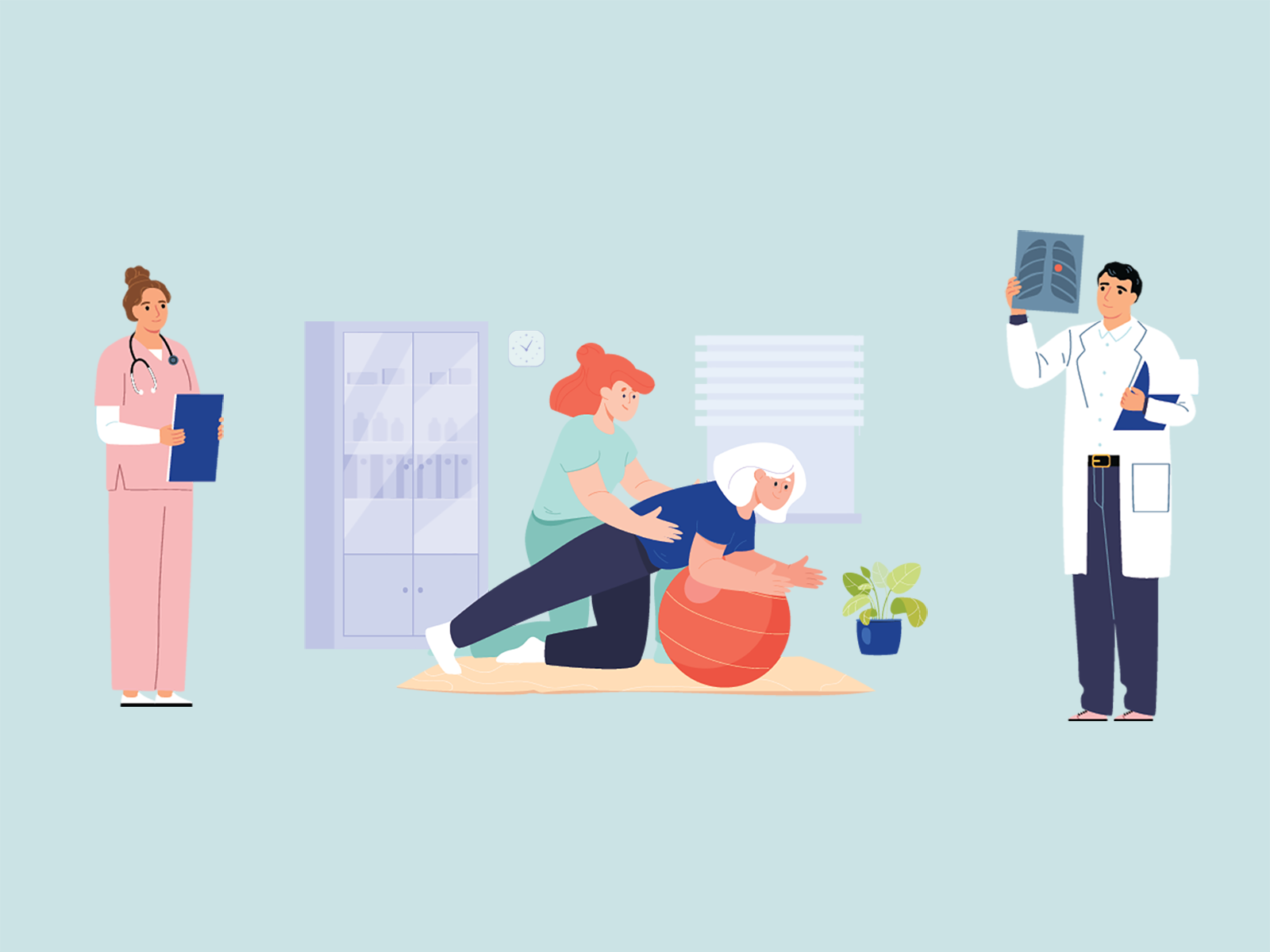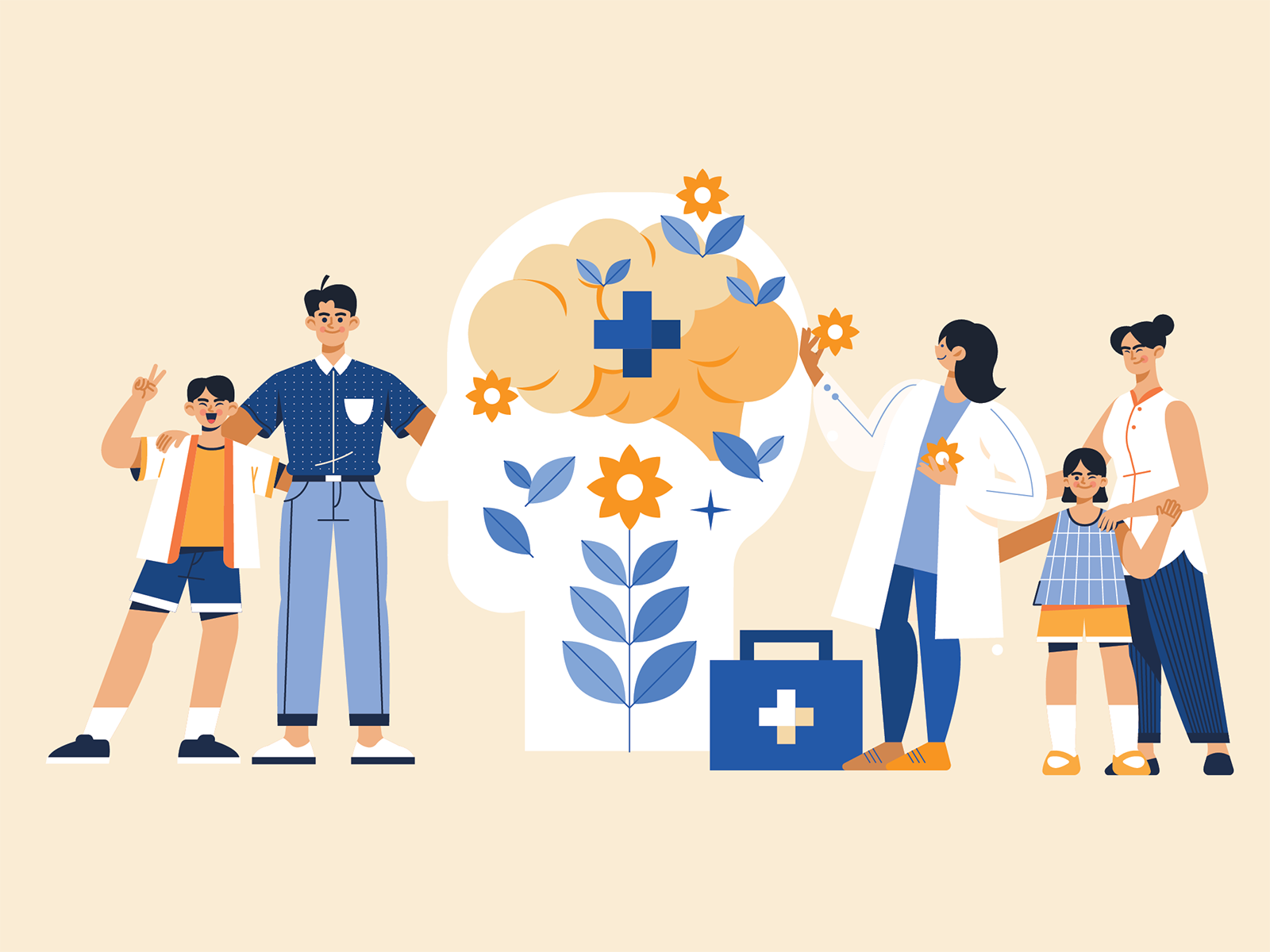
Issue 47
Aug 2023
IN VIVO


About:
Associate Professor Veronique Angeli, Department of Microbiology and Immunology, conducts research on the lymphatic system at NUS Medicine. She tells us more about lymphedema.
Q: What is lymphedema, and how important is the lymphatic system?
A: The lymphatic system consists of a network of vessels connecting lymphoid organs such as lymph nodes, tonsils, thymus, and spleen. The primary function of the lymphatic system is to drain excess interstitial fluid leaking out from blood capillaries into the tissue spaces.
Other system functions include fat absorption in the intestine, immune surveillance, and resolution of inflammation. Lymph fluid transports various antigens and antigen-presenting cells into lymph nodes for immune response.
Lymphedema is a chronic and progressive disease arising from impaired lymphatic drainage causing the accumulation of fluid in soft body tissues when the lymph system is damaged or blocked, causing tissue swelling. It is a common problem that may be caused by cancer and cancer treatment.
Lymphedema usually affects an arm or a leg, but it can also affect other parts of the body.
1 IN 100,000
people worldwide
Secondary lymphedema affects
1 IN 1,000
persons, 24 to 49% of cancer patients develop secondary lymphedema after receiving cancer treatment
Q: What causes lymphedema and its clinical symptoms? What triggers primary and secondary lymphedema?
A: Lymphatic dysfunction can be caused by genetic abnormalities affecting the lymphatic development and/or function, and it typically becomes apparent during infancy, childhood, or adolescence, as a condition known as primary lymphedema. Less frequently, primary lymphedema can appear after age 35 and is known as lymphedema tarda. The incidence of primary lymphedema is low, affecting one in 100,000 people worldwide.
Secondary lymphedema may occur from the damage or obstruction of lymphatic vessels as a result of infectious diseases, such as filariasis or trauma, including radiotherapy and surgical removal of lymph nodes in cancer treatments.
Due to increasing cancer rates, secondary lymphedema is more common today, affecting one in 1,000 persons. 24 to 49% of cancer patients develop secondary lymphedema after receiving cancer treatment. Breast cancer-associated lymphedema is the most common form of lymphedema in developed countries followed by sarcoma, gynaecologic cancers and malignant melanoma.
Q: What do we currently know about lymphedema after years of research?
A: Research helped identify the genes responsible for primary lymphedema. These genes are normally involved in the development or function of lymphatic vessels, but in lymphedema, their expression is altered, leading to the dysfunction of lymphatic vessels.
Research also improved our overall understanding of the tissue changes associated with the development and progression of secondary lymphedema. We know now that lymphedema involves inflammation, fat accumulation and fibrosis, at late stage of the disease.
It also played a pivotal role in developing better diagnostic processes and staging for lymphedema. Basic research on lymphatic vessel development, maintenance and functions allowed the identification of potential factors that can serve as therapeutic targets.
Q: What is an urgent issue that researchers are still trying to discover about lymphedema?
A: Currently, there is no cure for lymphedema. Thus, there is an urgent clinical need to find new approaches to treat this chronic and progressive condition. A better understanding of its pathophysiology is necessary to identify new therapeutic targets to improve lymphatic function and thus reverse tissue swelling and improve the quality of life of the patients. For example, what triggers inflammation, fat accumulation and fibrosis is still unknown.

About:
Associate Professor Jeffrey Low, Head & Senior Consultant, Division of Gynaecologic Oncology, Department of Obstetrics and Gynaecology, National University Hospital, and Department of Obstetrics and Gynaecology, NUS Medicine tells us more about the condition and treatment of lymphedema.
Q: What are the types of patients you see?
A: As a gynaecologic oncologist, my patients are women who have been diagnosed with cancers of the ovary, uterus (womb), cervix, and vulva.
Q: How does Lymphedema affect the quality of life?
A: The treatment usually involves the surgical removal of the affected organs, as well as the surrounding lymph nodes in the pelvis and/or the groin areas. Many of these patients may also be treated with radiation therapy to the pelvic and/or groin lymph nodes. Although they provide good curative outcomes, these treatments often leave 5 to 20% of these patients with significant lower limb lymphedema, depending on the prior treatment.
This long-term aftermath in cancer survivors is significant and the morbidity and disability resulting from lower limb lymphedema (LLL) can have long term impact on their quality of life.
Patients have to deal with limb and lower pelvic discomfort, heaviness, difficulties with physical mobility and pain, along with financial implications and cost of treatment. It erodes the woman’s sense of full recovery, loss of self-esteem, and may deepen anxiety and depression.
Q: What is your advice for patients with lymphedema, and people at risk of the disease?
A: It is of paramount importance that patients are managed at centres where there is a multidisciplinary team of healthcare professionals to help them in the prevention and treatment of lymphedema. Patients who are at risk of developing lower limb lymphedema will be assessed by our physiotherapist and occupational therapist in the gynaecological cancer clinic.
Baseline volumetric measurements of the lower limbs will be recorded. They will be taught essential skin care routine for their lower limbs, feet and toenails, as well as avoidance of any potential triggers for skin infection. They will also be taught deep breathing exercises and basic lymphatic massage techniques to promote lymphatic circulation of the legs. They will be educated on how to recognise early signs of lymphedema and skin inflammation. A trained nurse clinician is also available to provide emotional and psychological support to help our women cope with their cancer journey and aftermath of cancer treatment.
More from this issue



